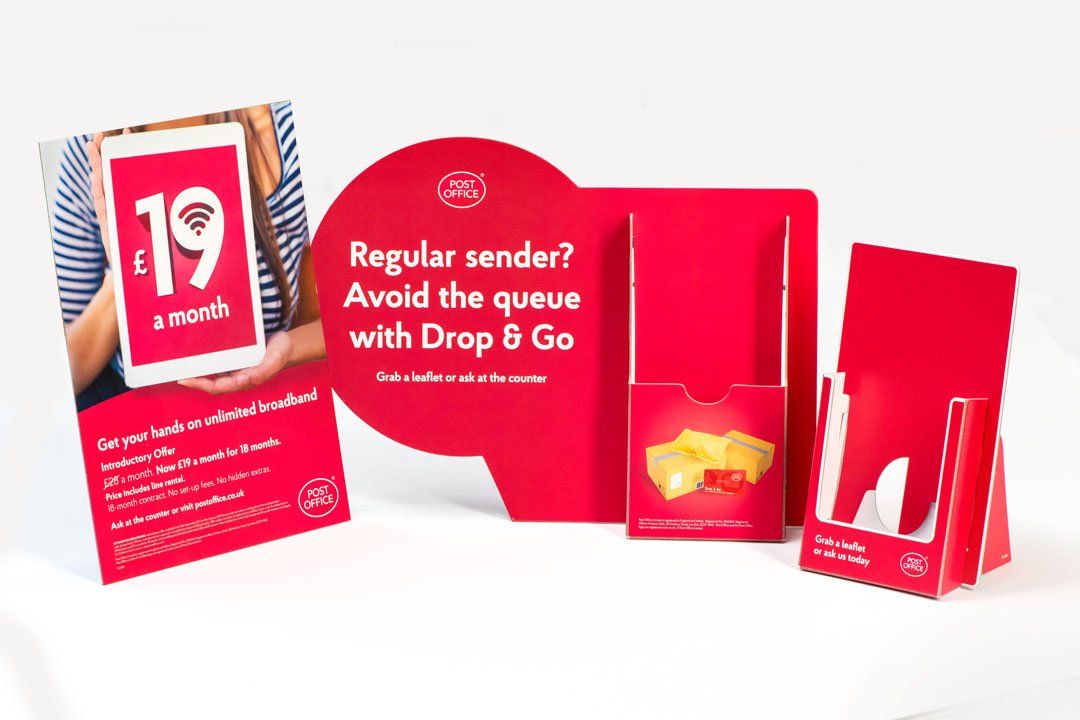
How to get the most out of your in-store advertising
For many years, retail marketing managers have bandied about the oft-repeated statistic that around 75-80% of shopper decisions are made in-store.
When you consider this, it seems like a no-brainer to put a decent wedge of any brand’s marketing budget into in-store support. You’re targeting people who are “right here, right now” – already in-store and itching to spend some of their hard-earned cash… not in a few days after they’ve (hopefully) caught a snippet of your brand’s latest expensive advertising campaign.
However, problems with measurability compared to other areas of brands’ marketing mix have often left retailers feeling like they’re fighting for the scraps of the marketing budget.
With this in mind, we look at 5 simple steps to help ensure your retail campaign is a success.
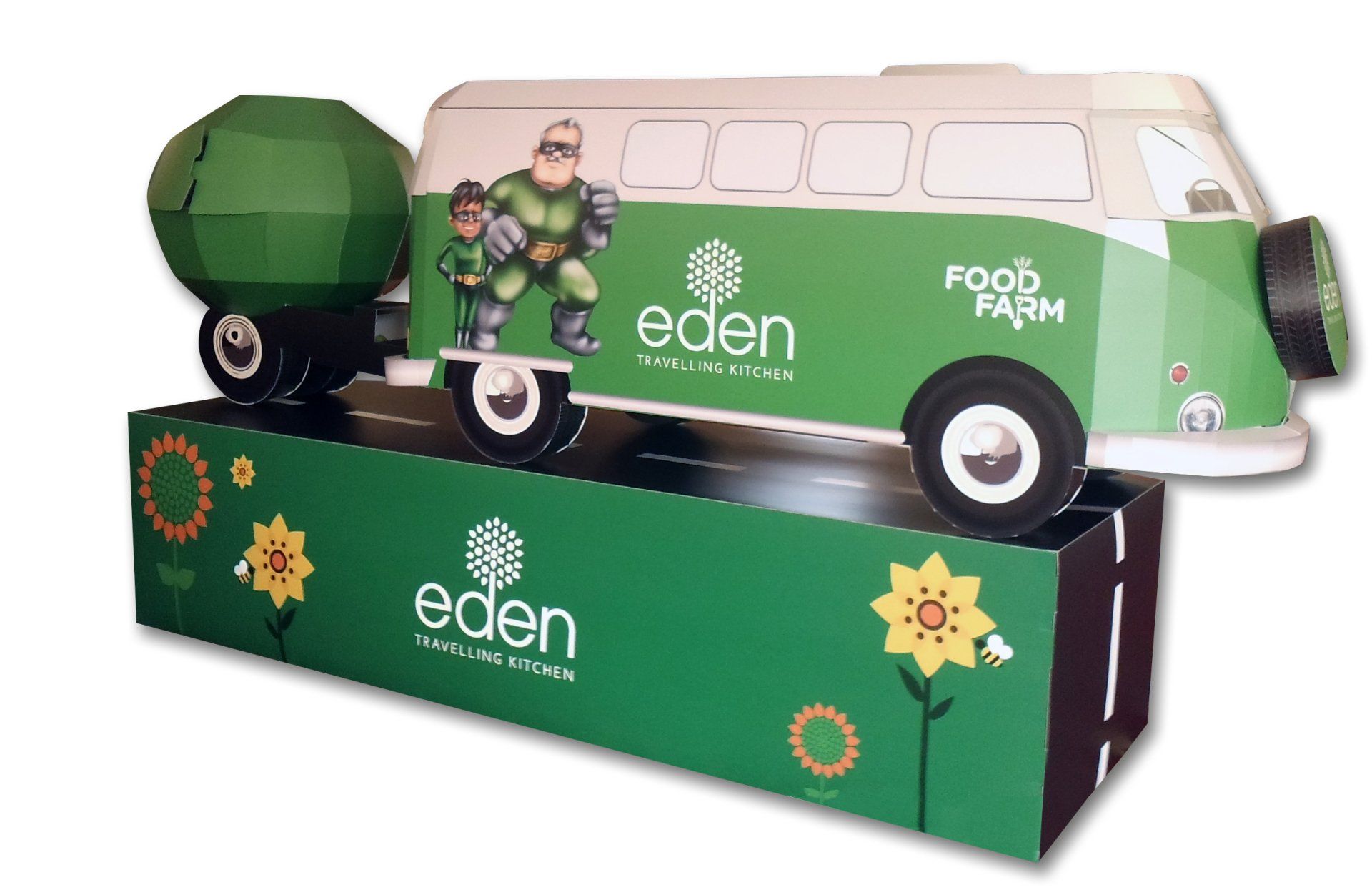
1. Create an impression
Most point of sale isn’t seen by consumers because it’s not engaging or striking enough to get them out of auto-pilot. Your in-store marketing needs to work hard to engage shoppers just as they’re looking to make a judgement. Now… I know what you’re thinking… “tell us more, Mr Science”. It’s true that standing out from the crowd in order to attract attention is hardly game-changing advice. No-one’s going to be applauding that gem in your next planning meeting. However, following the old advertising adage, “don’t tell me, show me” you can see from the examples throughout this blog that our bespoke cardboard engineering service can help you do just that. We can create unique displays, point of sale, and other in-store marketing collateral that stays with shoppers.
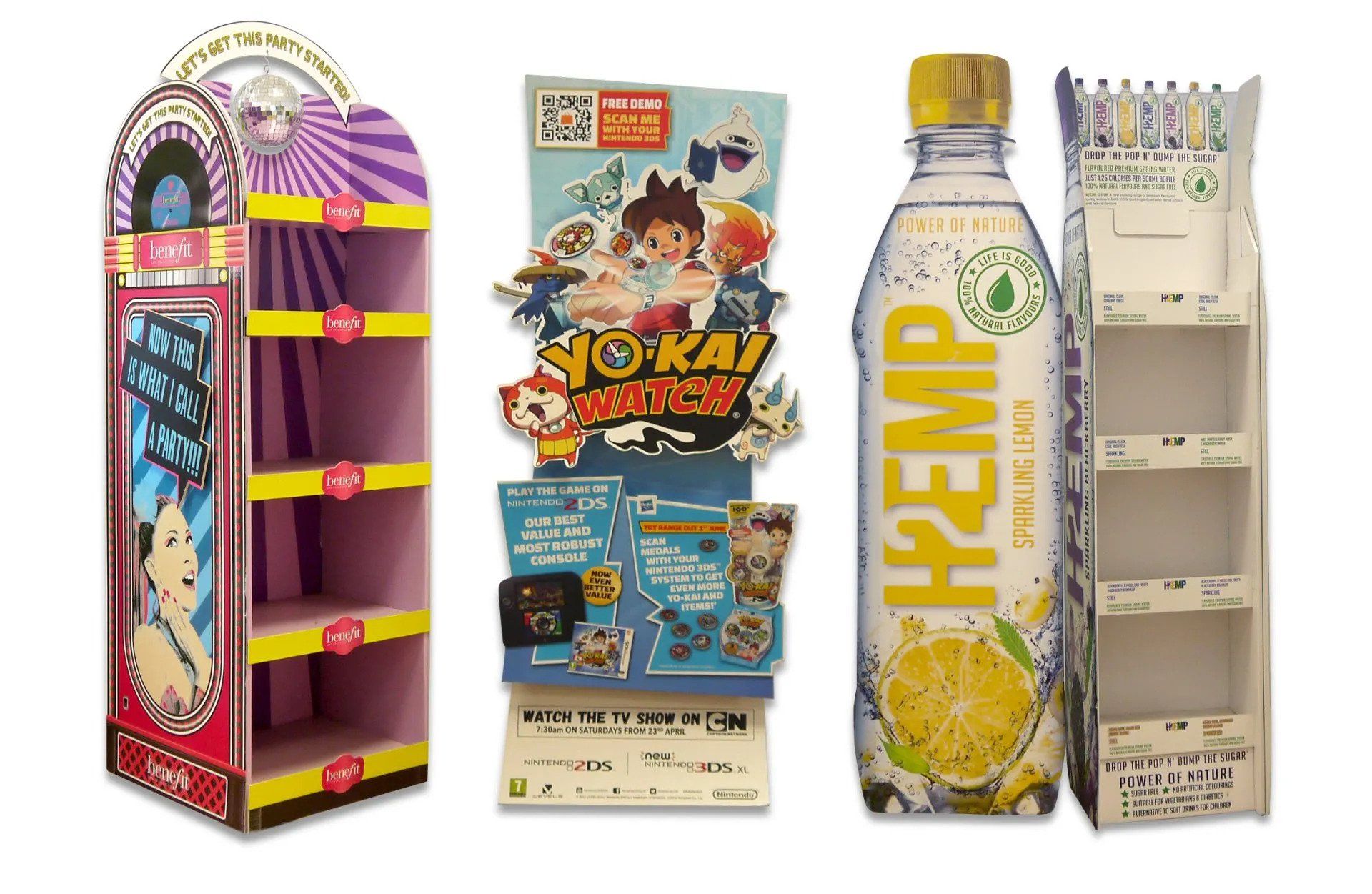
2. Stay on message
Or… Keep it simple, stupid. With so many competing messages in-store, it pays to keep your messaging simple – too many different messages inevitably fall flat. You should aim to keep this message consistent throughout the store and ideally across all other media – that way, it becomes easier for the shopper to pick up on it and react. A well-designed retail campaign will try to do nothing more complicated than reinforce the positive image of your brand that a shopper already has. And don’t forget, it’s not just the messaging that needs to be consistent… with large campaigns across a range of media, keeping a consistent brand look can be difficult. This is especially true when you’re using different creative agencies. Any design studio worth its salt should ensure consistency with brand guidelines, but it pays to have idiot-proof clear and simple campaign guidelines. Having waded through pages of poorly constructed guidelines, we can assure you that good concise brand guidelines are a godsend to creative agencies and they can make keeping a consistent look so much simpler. Delegating responsibility to several well-placed “brand champions” can also prevent anyone going off-message and keep everyone singing from the same hymn sheet.
At the Colourbox, we’re in something of a privileged position in that we not only build Point of Sale items but also can create bespoke promotional product packaging and unique bags, making it easier for us to ensure your in-store messaging is 100% on-message.
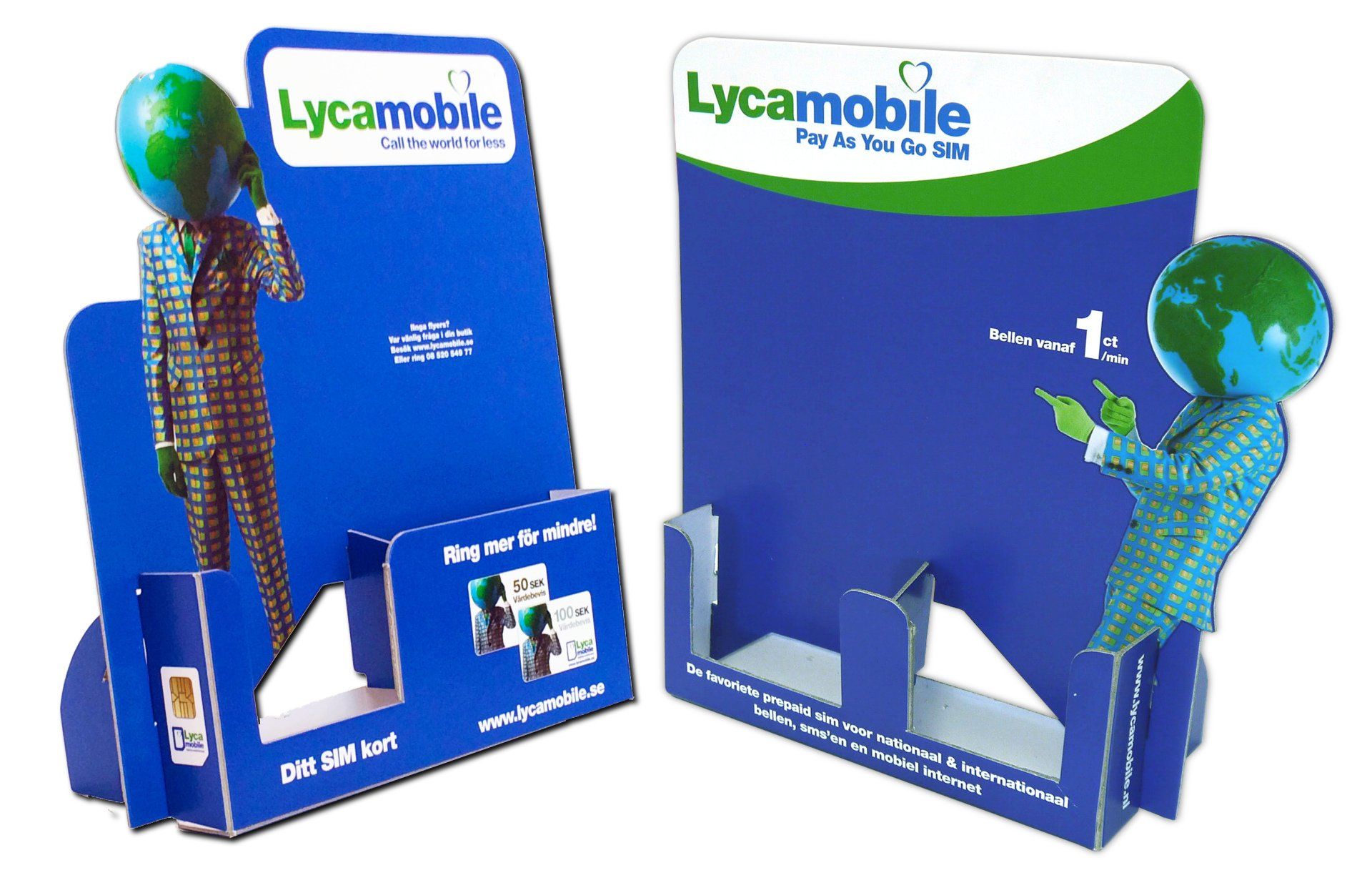
3. Engage the troops
After working so hard on a campaign, the last thing you want is for half of the items to by-pass display and end up straight in the recycling. This can happen if you’re providing too many items or if they’re too complicated to install – retail staff have lots of other things on their plates, so they can’t afford to spend half their day with unclear instructions and tricky installations. Having clear communication channels to enable feedback from retailers can help resolve issues such as these, but it’s best to get it right in the first place.
For larger campaigns, involving the retail staff in what the aims and messages of a campaign are is critical to success – showing them the overall campaign and their place within it can vastly improve their motivation and engagement.
When it comes down to the nitty-gritty, clear installation instructions make a huge difference to staff engagement, too. Complex bespoke pieces clearly need to be installed by experts. For larger retail campaigns with multiple items, the supply of layout guides and installation advice plus clearly explained and named items can make your retail teams’ lives much easier. The vast majority of our Point of Sale is supplied ‘retail-ready’: they require minimal handling to construct, and come with clear instructions. And let’s not forget getting it all there in the first place – distribution, pick and pack services and storage of overs can be seen as the boring bit of any retail campaign, but done right with clear naming conventions, it can make your retail team’s life so much easier, both for installation and re-stocking.
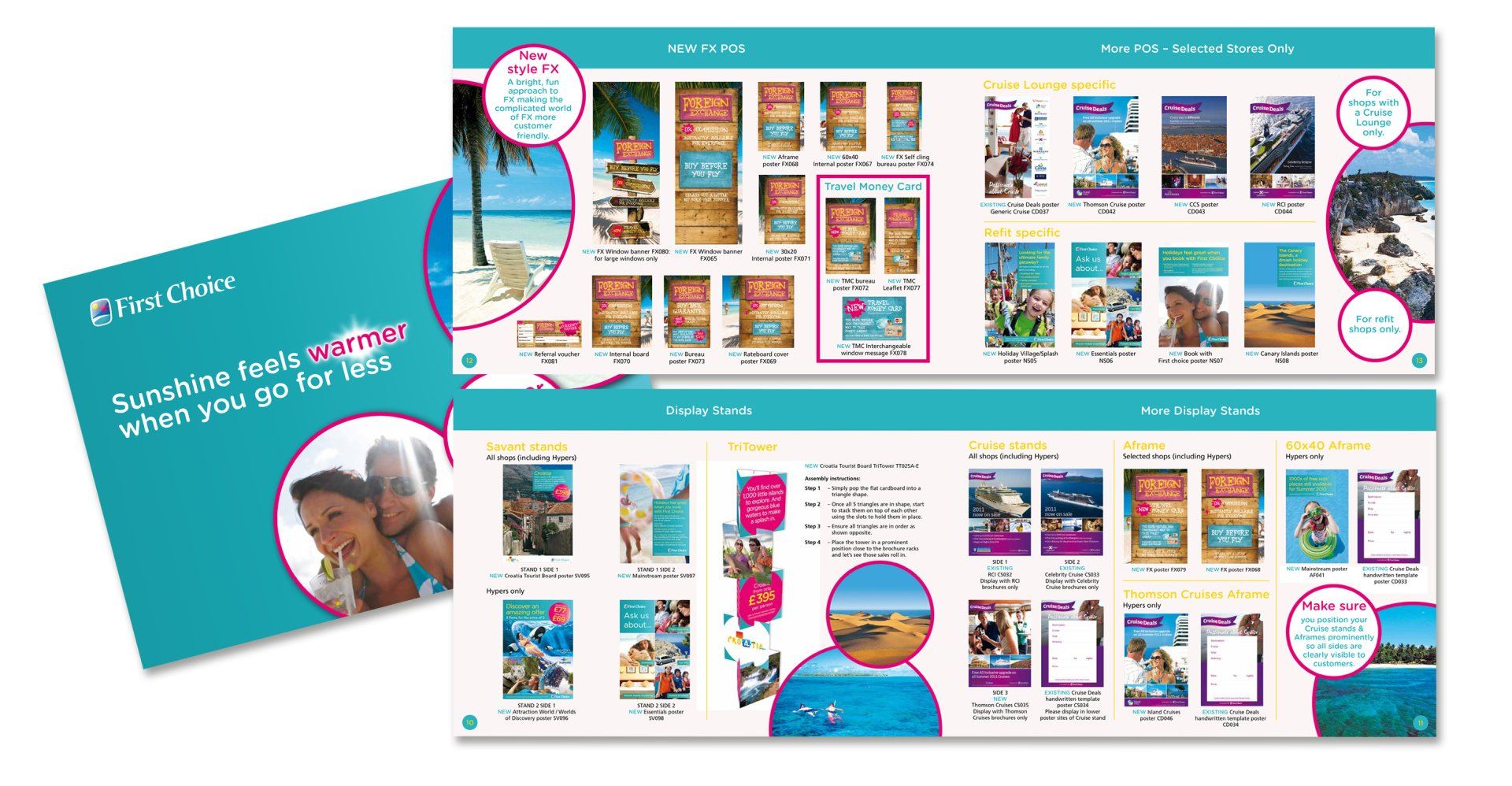

4. Location, location, location
Even the best campaign doesn’t sell if it’s in the wrong place in-store. The evidence shows that the closer you can have your message to the product that you’re promoting, the more effective your marketing will be. Free-standing product displays are a great option in this regard, and they also benefit from by breaking up the monotony of normal shelf space. Good cardboard engineering can make these a cut above the normal generic display units. Where space is limited, counter-top Point of Sale is a good option, as their in-store footprint is minimal. In the face of space limitation, you can further reinforce your messaging through use of eye-catching items such as shelf-talkers, ceiling danglers and special promotional packaging.
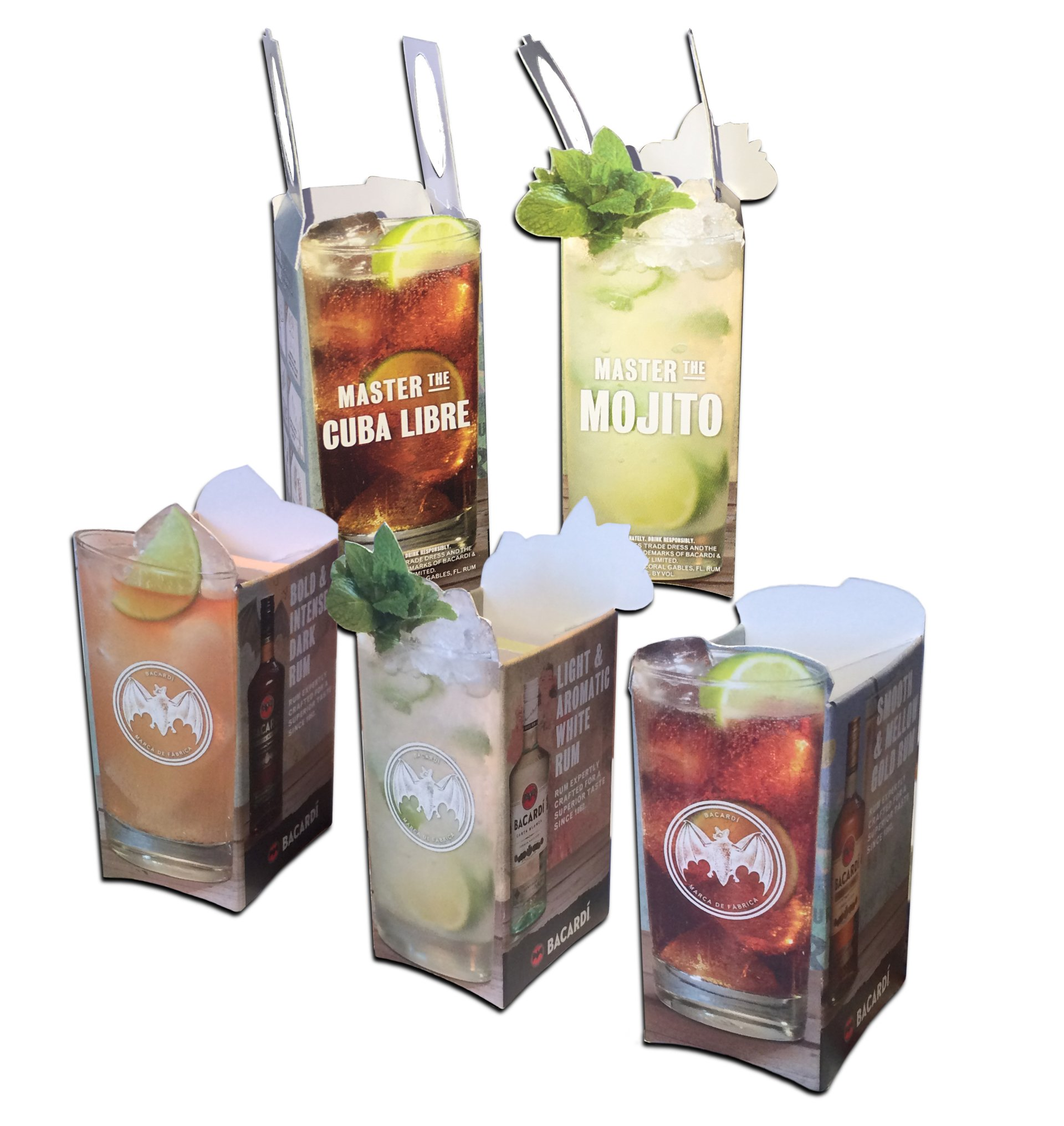
5. Measure your success
“Please sir, can I have some more?” If this is just as likely to remind you of your last budget meeting as remind you of Oliver Twist, you probably work in retail marketing! In a marketing world where the measurement of results is King, retail spend has suffered as it has lacked anything like the better established metrics available to other areas. Multi-channel connectivity makes measuring results of a specific campaign even more complicated, although new measurement techniques beyond traditional ROI (return on investment) are continually being developed.
One old-school method that can often be overlooked as an option is the running a test campaign across a couple of representative stores. Trialling a campaign in this way can help you measure effectiveness. An added benefit of this is that it also enables revision of the final artwork and final suite of items before you run a full campaign. It also allows for a proper assessment of usability – can it be made more “retail-ready”?
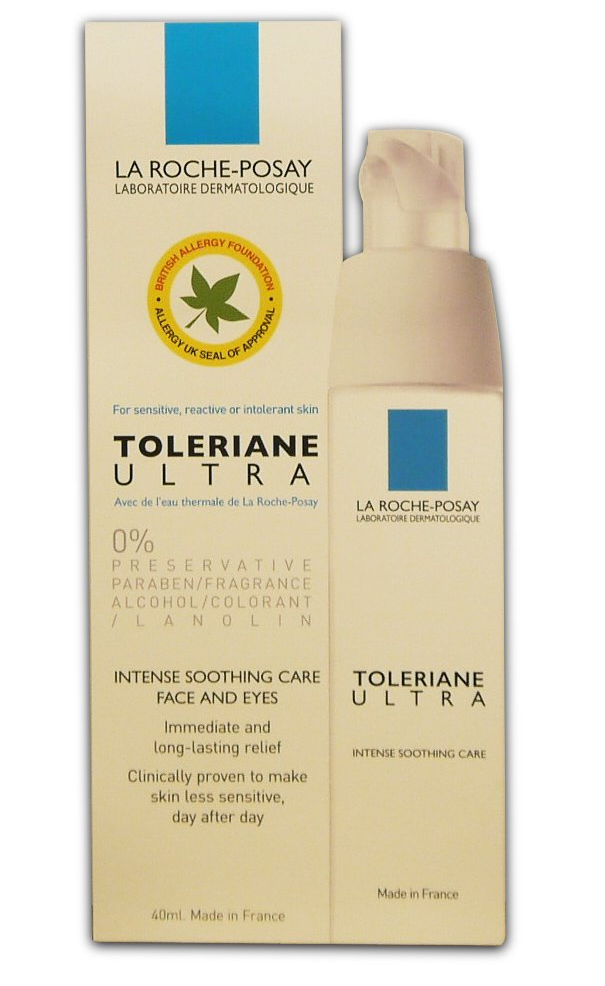
Looking for inspiration?




